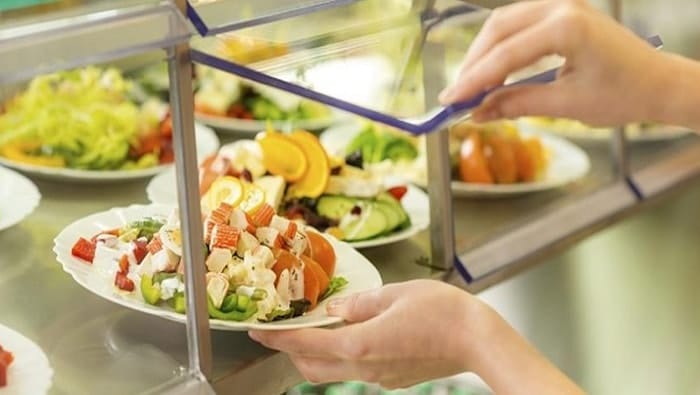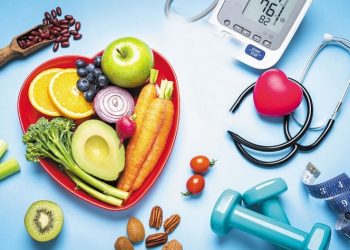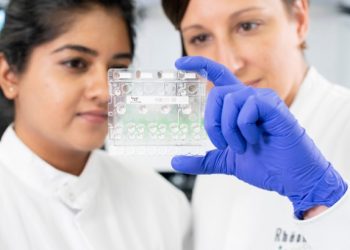Over the past seven years, we’ve made great progress to improve child nutrition. Obesity rates have fallen and the bipartisan work of Congress has helped move the needle on child nutrition legislation.
Since 2009, USDA has awarded $215 million in school nutrition equipment grants; however, the simple need for up-to-date equipment and adequate appliances is still one of the biggest obstacles to providing quality nutrition to kids in schools across the country.
While 95 percent of schools are successfully serving healthy meals, a 2014 study by the Pew Charitable Trusts showed that many could do so more effectively, and at lower cost, if they possessed updated tools in their kitchens and cafeterias. Refrigeration units to keep milk and dairy products cold; cooking equipment allowing for baked or grilled, rather than fried, foods; and commercial-grade blenders for healthful smoothies could make a big difference.
USDA’s latest standards align school meals with current nutrition science and the real world circumstances of America’s schools. It’s especially important schools have the resources they need to serve healthier meals to meet these standards, but according to the Pew study, 88% of school districts nationwide still need at least one piece of kitchen equipment — and more than half are in need of kitchen-infrastructure changes, including electrical upgrades.
School nutrition is imperative, especially when you consider the impacts of food insecurity. More than one out of five children, or about 15 million Americans under 18, live in households where families do not have consistent access to adequate food. For students from food-insecure families, school meal programs can be a lifeline, and in some cases, are the only nutritious meals received some days.
We’re taking concrete steps to address equipment needs and support America’s school nutrition staff. That’s why USDA, the NFL, and National Dairy Council have just announced the availability of $35 million in grants to help schools upgrade their kitchen equipment offering students better access to nutritious foods. And because more than 30 million children rely on USDA’s National School Lunch Program and School Breakfast Program for one to two meals per day, the grant opportunities available through this partnership are big news indeed. We salute the committed individuals, organizations, and agencies – our valued partners – that helped make it happen.
The partners involved in this landmark eight-figure financial commitment have a history of championing childhood nutrition and physical activity dating back to 2008 when USDA, the NFL, National Dairy Council, and GENYOUth partnered via Fuel Up to Play 60, an in-school nutrition and physical activity program to encourage today’s youth to lead healthier lives. That initiative now reaches 38 million students in 73,000 schools across the U.S. – by far the largest program of its kind.
Funding provided through this partnership will support the purchase of new equipment and the renovation or replacement of existing equipment. It will make it easier for schools and districts to serve healthy meals that are tasty and appealing to kids, and have more whole grains, fruits, vegetables, lean protein, low-fat dairy, and less sodium and fat to meet updated national nutrition standards .
This public-private partnership showcases our nation’s collective commitment to the next generation and the powerful results that can be achieved through inter-organizational cooperation. Through this collaborative effort, schools can apply for funds through USDA state agencies, or through the Fuel Up to Play 60 website.
In the inspiring spirit of partnership, we call on all Americans – individuals, businesses, and organizations – to join with us in both celebrating and sustaining the progress that has been made by schools across the country, ensuring America’s children are met by the best school nutrition environments possible. They, and our nation, deserve nothing less.


















